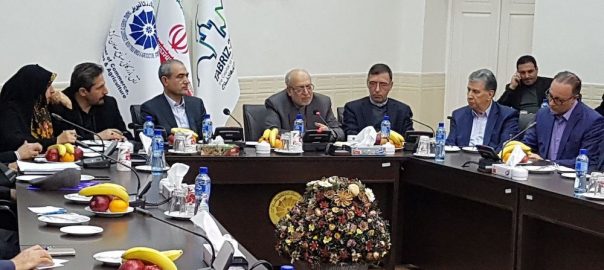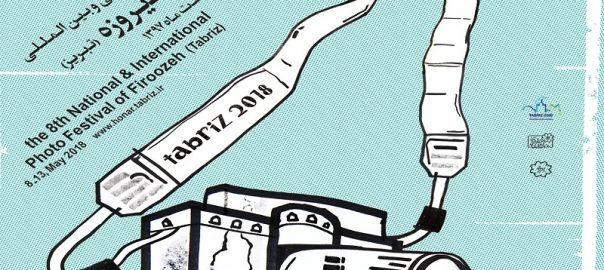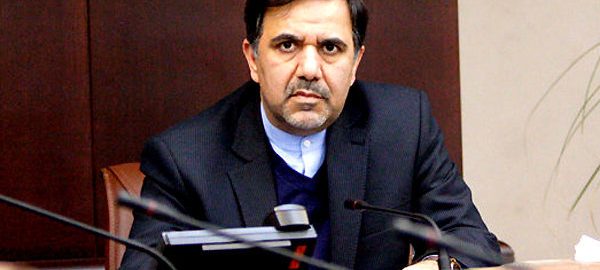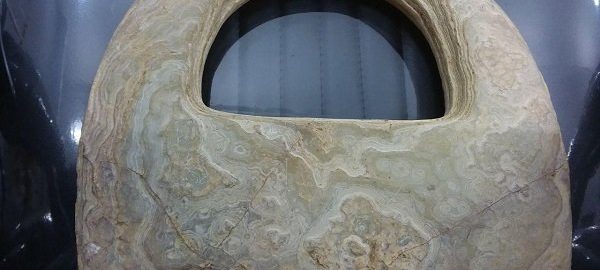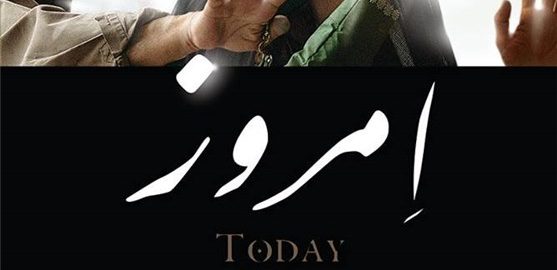On the occasion of the Holy birth anniversary of Hazrat Fatema Zahra (A.) and Women Day, Iran Cultural Centre, Dhaka and Zahra Association, Bangladesh jointly organized a discussion and celebration program on ‘International Women Day, Status & Rights of Women in Islam’, on Friday, 9th March, 2018, 4.00 pm at the Convention Hall 71 of Daffodil International University.

Mrs. Jahanara Pervin, Executive Director (Additional Secretary), Jatio Mohila Shongstha, Ministry of Women & Children Affairs, Govt. of the People’s Republic of Bangladesh was present as Chief Guest while Mrs. Zeynab Vaezi, honourable wife of the Ambassador of the Islamic Republic of Iran in Bangladesh and Professor Dr. Farhana Helal Mehtab, Head, Department of Law, Daffodil International University were present as Special Guests.
 Hujjatul Islam Wal Muslimeen Shahaboddin Mashaekhi Raad, Representative, Bangladesh Branch, Al-Mustafa International University was present as guest of honour.
Hujjatul Islam Wal Muslimeen Shahaboddin Mashaekhi Raad, Representative, Bangladesh Branch, Al-Mustafa International University was present as guest of honour.
Mrs. Selina Parveen, Chairperson of the Zahra Association presided over the program.
Poetry ‘Women’ from National Poet Kazi Nazrul Islam recited by Amena Begum Labony and Nazrul song on Hazrat Fatema was presented by Shah Nawaz Tabib.
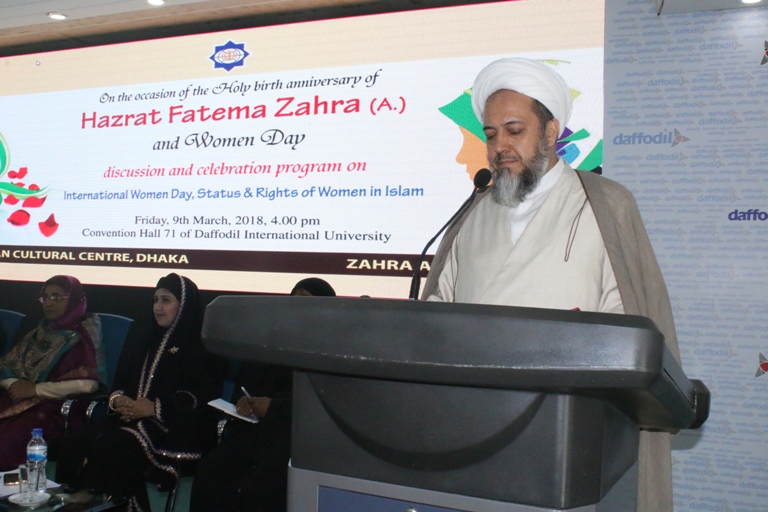
The speakers said that women were not in a very convenient and dignified position in the long history, and in many cases often different types of persecution and torture. Islam has freed women from that state. Islam has given women the right to participate in social, cultural and political fields. They can play an active role in these areas by maintaining the precise rules, purity and modesty of Islam.
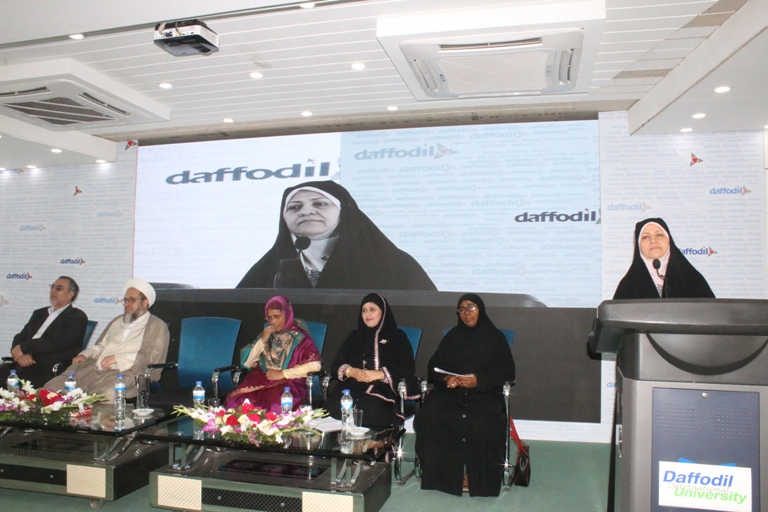
The speakers also said that unlike Islamic education, there is always a lot of campaign against the rights and rights of women from western materialists. They want to bring back the lost rights of women. But unfortunately, in the name of free freedom, women are being turned into only one kind of products. They are bringing women towards modern slavery. So, we think that in this modern age, it is an important step in implementing the great aim of Islam to highlight the true personality and position of women.
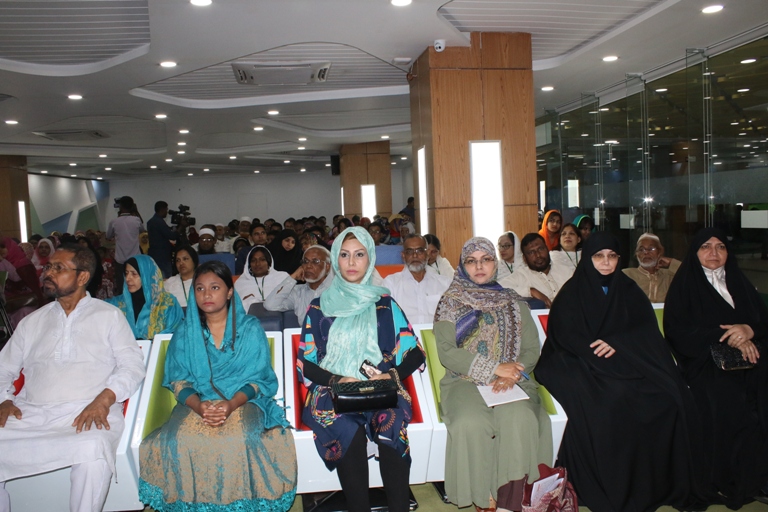
Speakers have said about the position of women in Iran, the Islamic Republic has taken many important steps in establishing women’s rights and social status in the last four decades. Iranian women today continue to make important responsibilities in the family, in addition to making significant contributions to different areas of society including knowledge-science, culture, education and health, society and politics, sports, artwork.
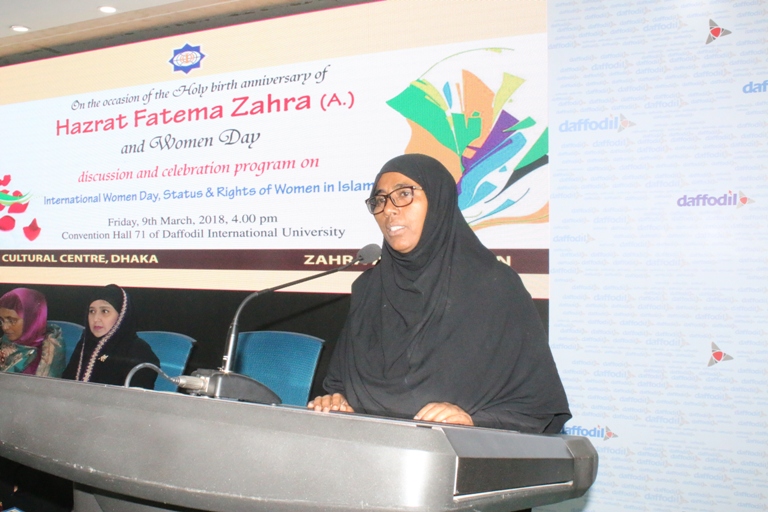
It is to be noted that after the conquest of the Islamic Revolution in Iran, the birth date of Fatima Jahra (RA), the daughter of Prophet Muhammad (peace be upon him), the daughter of Prophet Muhammad (peace be upon him) and the best in the universe, was announced as “Women’s Day” and from then on through various programs Women’s Day is being celebrated in the country.

In the meeting, Mr. Shah Nawaz Tabab, who performed Nazrul songs by Ameena Begum Laboni and Hazrat Fatimar Shaheed, recited from the poetry of national poet Kazi Nazrul Islam.

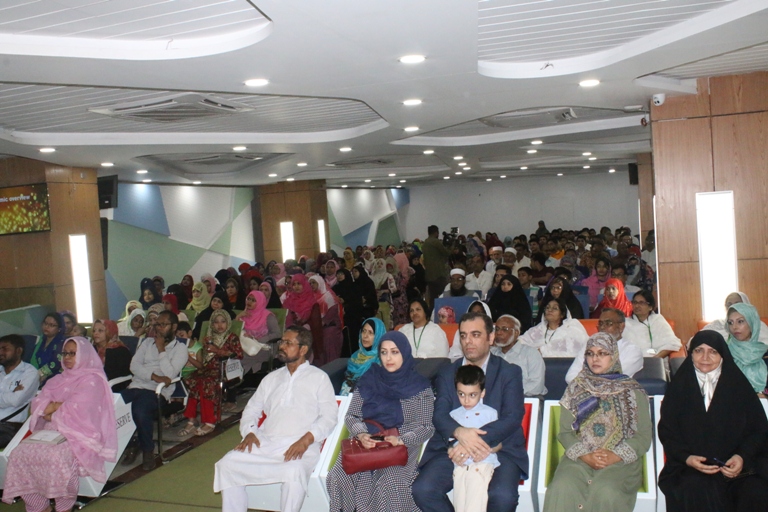
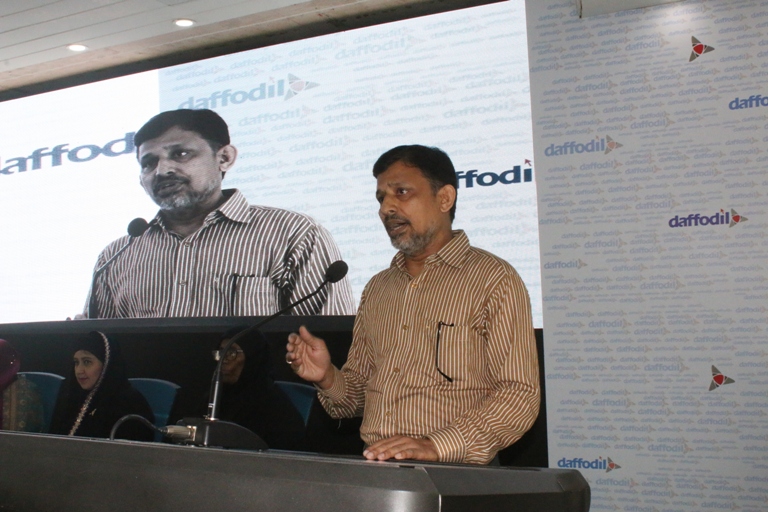
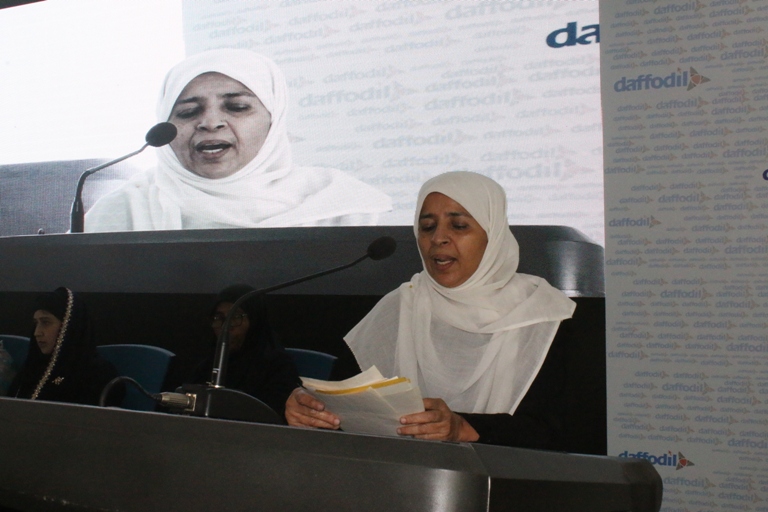

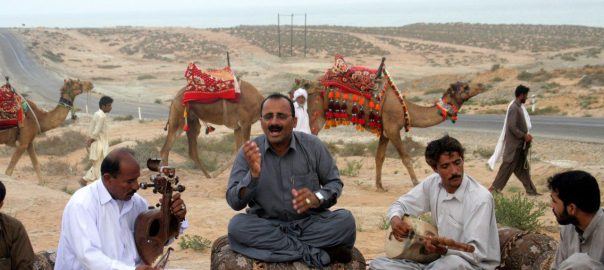
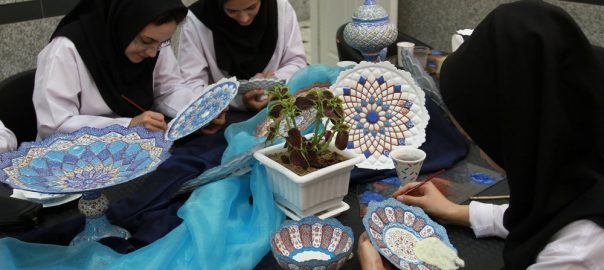
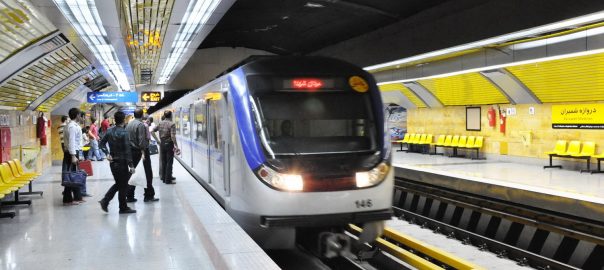
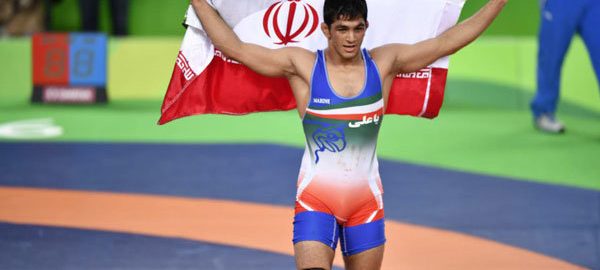
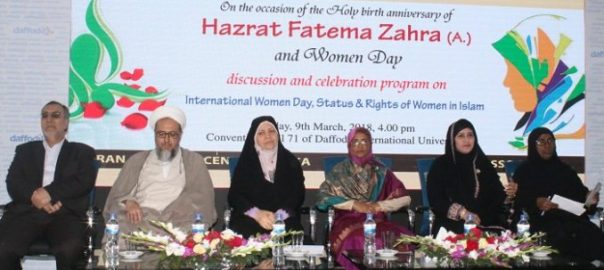

 Hujjatul Islam Wal Muslimeen Shahaboddin Mashaekhi Raad, Representative, Bangladesh Branch, Al-Mustafa International University was present as guest of honour.
Hujjatul Islam Wal Muslimeen Shahaboddin Mashaekhi Raad, Representative, Bangladesh Branch, Al-Mustafa International University was present as guest of honour.








